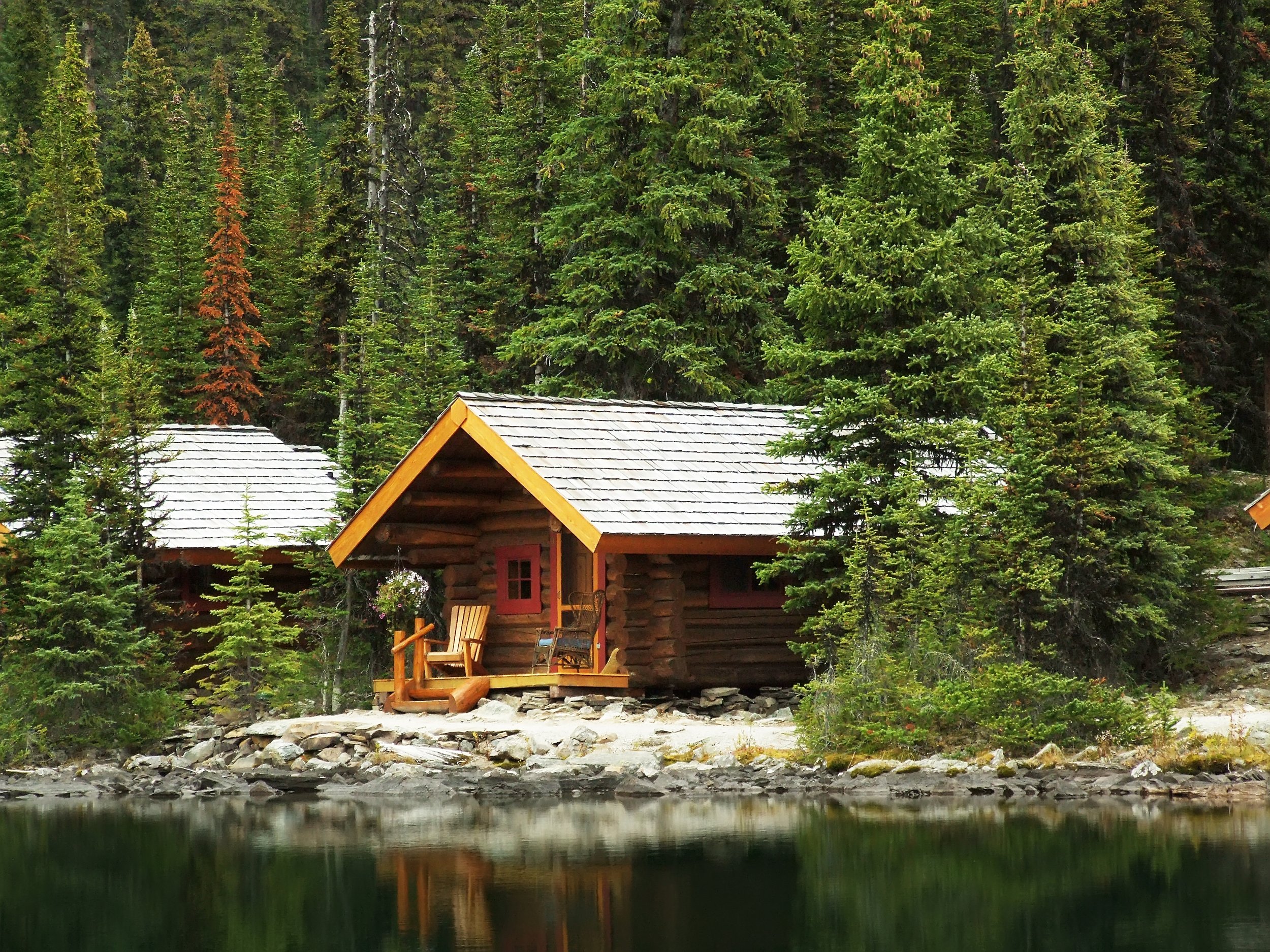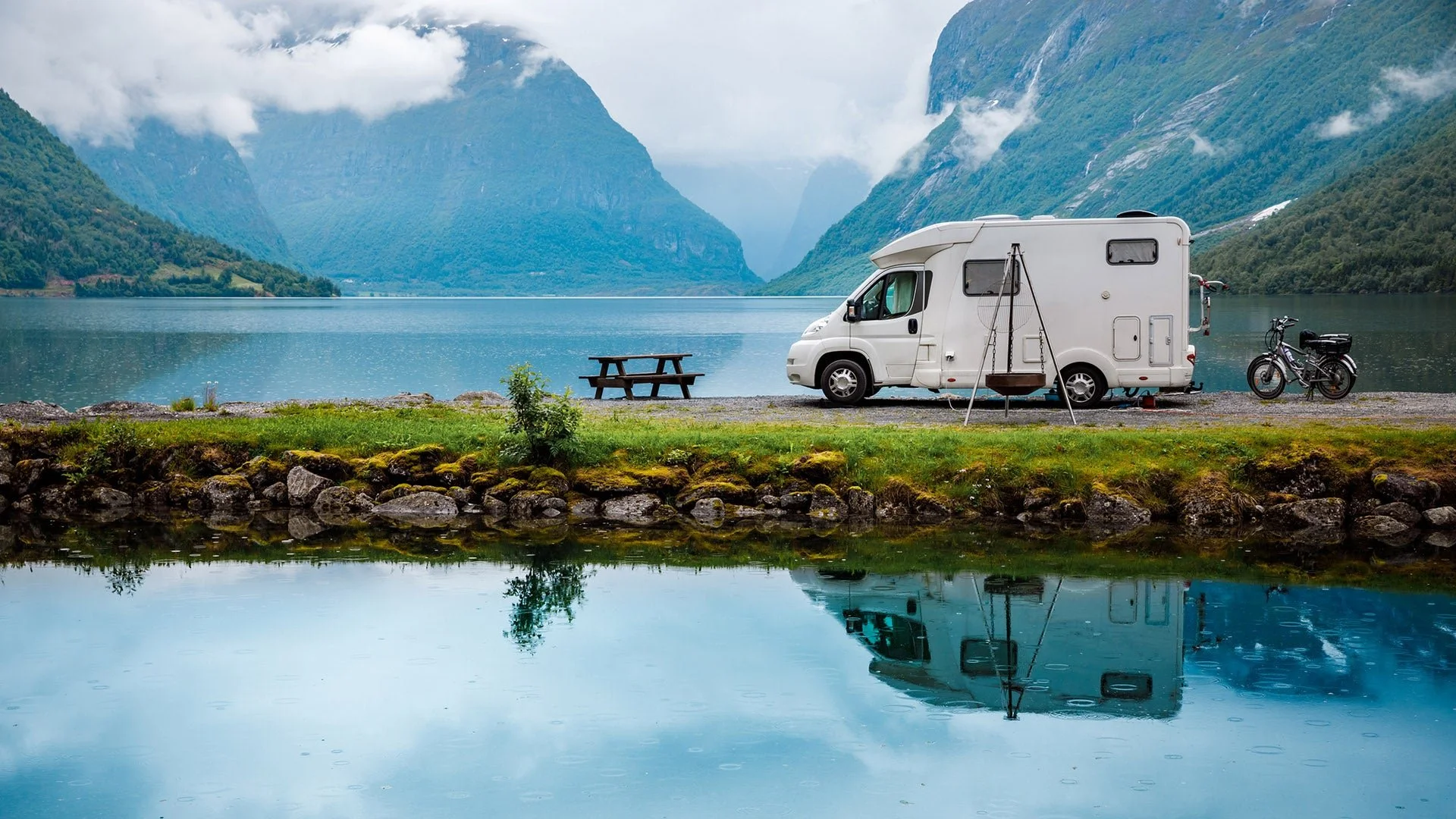Living Off The Grid For Beginner's
Discover > Off Grid Living > Living Off The Grid For Beginner's
Living off the grid might seem like a daunting task for many, but it is undoubtedly a rewarding and sustainable way of living. It is a lifestyle where one lives disconnected from the national power grid and relies on renewable sources of energy, such as solar panels or wind turbines, to generate electricity. By living off the grid, you can reduce your carbon footprint, lower your monthly bills, and become self-sufficient. In this article, we aim to guide beginners on how to live off the grid for a sustainable lifestyle.
The first step in living off the grid is to reduce your energy consumption. You can start by using energy-efficient appliances and turning off unnecessary electronics. Consider installing solar panels or wind turbines to generate your own electricity. Growing your own food is another great way to reduce your dependence on grocery stores and support sustainable living. Start by growing vegetables and herbs in your garden or greenhouse.
Living off the grid also requires you to be self-sufficient in terms of water supply. Depending on the location, obtaining water from nearby sources such as rivers or underground wells may be possible. However, if this is not an option, you can set up a rainwater collection system. To ensure the water is safe for consumption, you'll need to install a filtration system.
If you're planning to live off the grid, it's important to have the right shelter. Traditional houses may not be suitable for off-grid living, as they are often energy-intensive and require frequent maintenance. Consider alternative options such as cob houses, tiny homes, or Earthships. These options are not only cost-effective but also environmentally friendly. Living off the grid also means you'll need to be responsible for your own waste management. You can install composting toilets or septic systems to handle your waste. Recycling materials is also a great way to minimize waste and reduce your environmental footprint.
Lastly, it's important to note that living off the grid requires a certain level of preparedness. You'll need to have emergency supplies such as first aid kits, fire extinguishers, and backup power sources. It's also important to have a plan in place for emergencies such as natural disasters or medical emergencies.
Step by Step Guide to Living Off The Grid
Living off the grid refers to the practice of having a sustainable and self-sufficient lifestyle using renewable resources and having minimum or no reliance on public utilities such as water, electricity, and gas companies. In today’s world, where we rely more and more on technology and other manufactured goods, living off the grid provides a way to get back in touch with nature, live a simpler life, and have more control over your own fate.
Here we'll be diving into the nitty-gritty of what it means to live off the grid and provide a step by step guide for beginners to get started on this fulfilling journey.
Understanding the Basics
Before you dive headfirst into living off the grid, it’s important to understand the basics. Get a good understanding of what it means to live off the grid by reading blogs, joining forums, or watching YouTube videos that cover the topic. Get to know the challenges of living off the grid, such as the lack of basic utilities, the need for self-sufficiency, and the importance of having a solid plan.
Choose a Location
The first step in living off the grid is choosing the location of your homestead. You need to find a place where you can have access to resources such as water, wood, and wind. It would be best if you considered factors such as climate, topography, and the distance from town. Additionally, research local laws and zoning regulations that may impact your off-grid lifestyle.
Building a Sustainable Home
When building your off-grid home, you need to focus on sustainability and practicality. Invest in eco-friendly materials and build a structure that’s well-insulated and energy-efficient. Look for local builders who have experience in building off-grid homes, and make sure to follow all local building codes and regulations.
Power Generation
Once you have found the right location, you need to set up your power generation system. Installing solar panels or wind turbines is a viable option for generating electricity since they both produce renewable energy. You can also use a generator powered by biomass or propane. However, make sure you calculate your energy needs before deciding on the type of system to install.
Water Storage
Water is a vital resource that is essential for human survival. When living off the grid, you need to ensure you have a constant supply of clean water. You can harvest rainwater, dig a well, or rely on a natural water source such as a river. You may also need to invest in water storage tanks or filtration systems to ensure your water is safe for consumption.
Waste Management
Managing waste is crucial when living off the grid. You need to dispose of your waste responsibly and sustainably. You can install a composting toilet, which turns human waste into compost that can be used as fertilizer. Additionally, you can use a greywater system, which recycles water from sinks, showers, and dishwashers for irrigation purposes.
Food and Preservation
When it comes to food, living off the grid means growing your food or raising livestock. You can start by gardening or homesteading, which involves raising animals such as chickens, goats, or cows. You need to choose crops that thrive in your area and invest in the necessary equipment. Consider preserving your food for the winter months by canning, drying, or freezing.
Living off the grid may seem like a daunting task, but it’s a lifestyle that’s both rewarding and fulfilling. It provides a way for individuals to get back in touch with nature, live in a sustainable and self-sufficient way, and have more control over their own fate.
Tips for a Self-Sufficient Lifestyle
For those who are tired of the hustle and bustle of city life, or are looking to reduce their ecological footprint, living off the grid can be a compelling option. Living off the grid means living without the support of public utilities such as electricity, water, and gas. While it does require a significant amount of planning, starting a self-sufficient lifestyle can be both fulfilling and rewarding. Here are some great tips and tricks for living off the grid.
Determine Your Energy Needs
The first step in living off the grid is determining your energy needs. Look at your daily energy consumption and see which elements are essential and which can be eliminated. For example, switching to LED light bulbs, using propane for cooking, and using solar panels for charging devices can save you energy and money while still enabling you to live a comfortable life. You can also reduce your water consumption by installing low-flow plumbing and collecting rainwater.
Master the Art of DIY
Living off the grid often requires a lot of DIY (Do-It-Yourself) projects. Solar panels, rainwater harvesting systems, and composting toilets are just a few examples of DIY projects you can take on to reduce your reliance on public utilities. When you learn how to make things yourself, you are not only saving money but also developing a more intimate relationship with your home and its surroundings.
Learn to be Self-Sufficient
Living off the grid means that you must rely on yourself for your everyday needs. Learning to grow your food, fix things around the house, and generate your own electricity can be a rewarding experience. Communities that value self-sufficiency often have a strong network of like-minded peers, allowing you to learn from others and to share your own knowledge.
Embrace the Simple Life
Living off the grid often requires living a simple life. This means living without the bells and whistles of modern technology and focusing on the simpler things in life. Instead of watching TV, read a book or spend time outdoors. It is important to find a balance in your lifestyle to avoid feeling isolated or overwhelmed.
Be Prepared and Be Safe
One of the most important tips for living off the grid is to be prepared and be safe. Living off the grid entails preparing for unexpected emergencies, whether it is a power outage or a natural disaster. Keeping a well-stocked pantry, having a backup generator, and knowing basic first aid can help you stay safe during unexpected situations.
By being self-sufficient and reducing your reliance on public utilities, you can live a sustainable and fulfilling lifestyle. It is important to take time to learn and develop new skills, embrace a simpler way of life, and always be prepared for the unexpected.
Conclusion
Living off the grid may seem like a daunting task, but it is an excellent way to become self-sufficient, reduce your carbon footprint, and lower your monthly bills. It requires a lot of work, but the rewards are worth it. In this article, we have discussed the basics of living off the grid, from choosing the location to power generation, water, waste management, and food. Always remember to research local laws and regulations that may impact your lifestyle. Start small and gradually reduce your dependence on the national grid, and you will eventually enjoy a sustainable lifestyle.
#off grid cabin #off grid living #off grid homestead #grid solar cost #electrical grid #wind power #solar power #off grid life #off the grid lifestyle #tiny home #log cabin #wood stove #too much power




